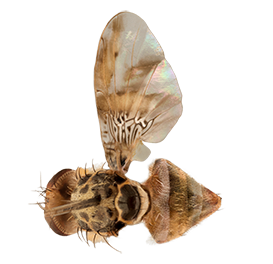Diagnosis
Morphological – adult
In Australia, there are no species of Ceratitis that look similar to C. capitata. Consequently, the following characters can be used to distinguish C. capitata from all other species of Tephritidae occurring in Australia. These features include;
- small to medium-sized, brightly coloured flies
- scutellum swollen, rounded above, shiny black with a thin sinuate yellow streak near base dorsally
- scutum yellowish with numerous black areas in a characteristic pattern
- abdomen yellowish with two narrow transverse light-coloured bands
- wing relatively broad in comparison with its length, cloudy yellow, with three brown bands on apical two-thirds, all separated from each other, and smaller dark irregular-shaped streaks within the cells in the proximal half
- cell cup with its apical extension short
- males with a black diamond-shaped expansion of the apex of the anterior orbital seta.
These characters also distinguish C. capitata from all other species in the genus wherever they may occur worldwide. Several species of the subgenus Ceratitis closely resemble C. capitata in the thoracic pattern, the apical expansion of cell cup, the presence of dark markings in the basal half of the wing, and in having the anterior orbital bristle of the male modified in some way. In C. capitata, it is black and resembles a diamond apically rather than some other shape (Foote, Blanc and Norrbom 1993).
Morphological – larvae
Not available.
Molecular
DNA barcoding
Diagnostic BOLD reference data available.
PCR-RFLP Test 1
BsrI: Does not cut
HinfI: Does not cut
HhaI: Does not cut
Sau3AI: Does not cut
SnaBI: Does not cut
SspI: 520, 160
Vspl: 650, 200
Approximate ITS1 fragment length – gel: 900 bp.
PCR-RFLP Test 2
DdeI and RsaI are fully diagnostic for C. capitata, although most of the others provide additional diagnostic value.
DdeI: 1150, 270, 220, 130
RsaI: 450, 380, 290, 260, 240,110
Gallery
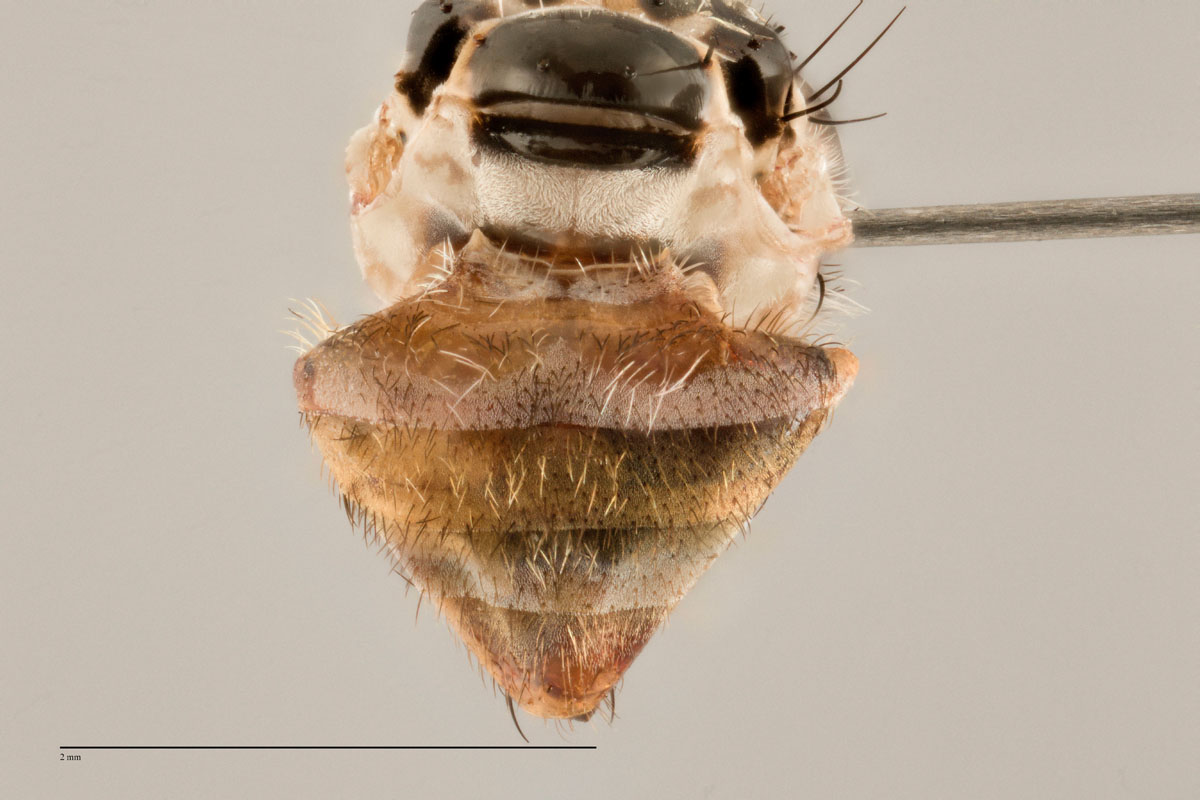 link
link Ceratitis capitata - Abdomen Dorsal Classic CAP001
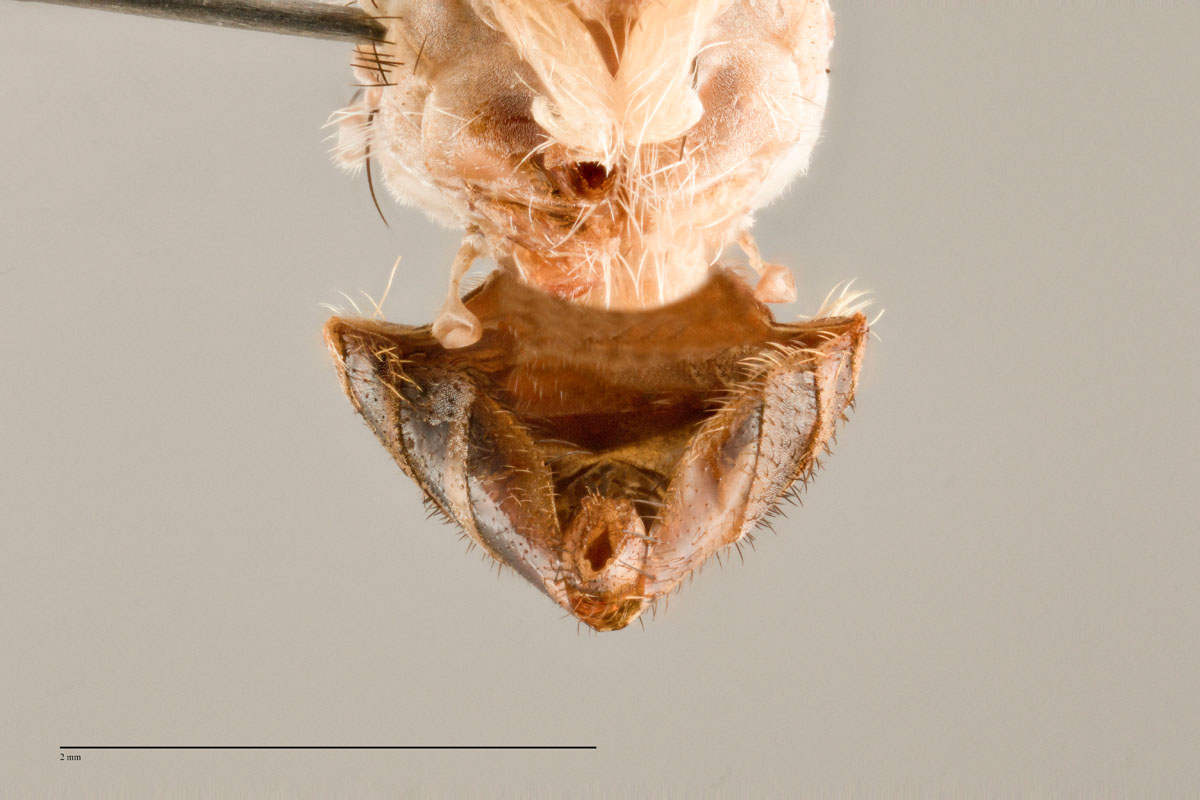 link
link Ceratitis capitata - Abdomen Ventral Classic CAP001
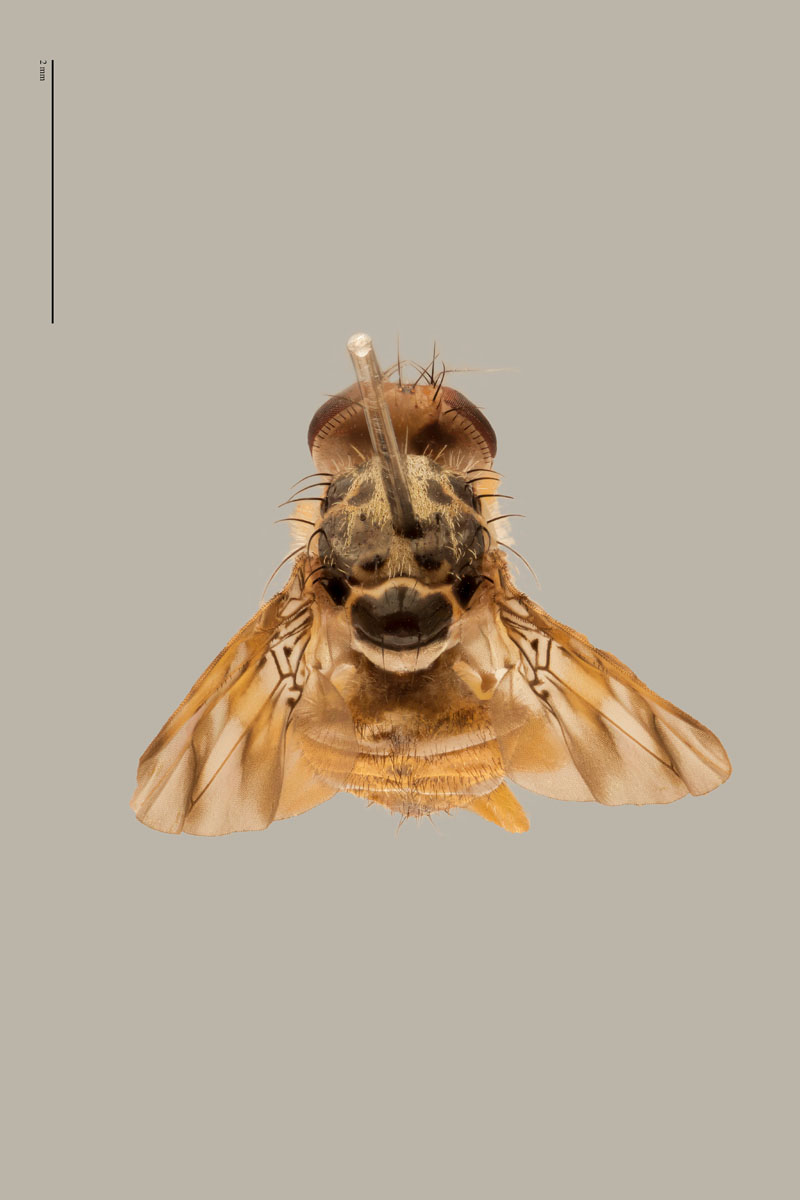 link
link Ceratitis capitata - Entire Body Dorsal Classic CAP001
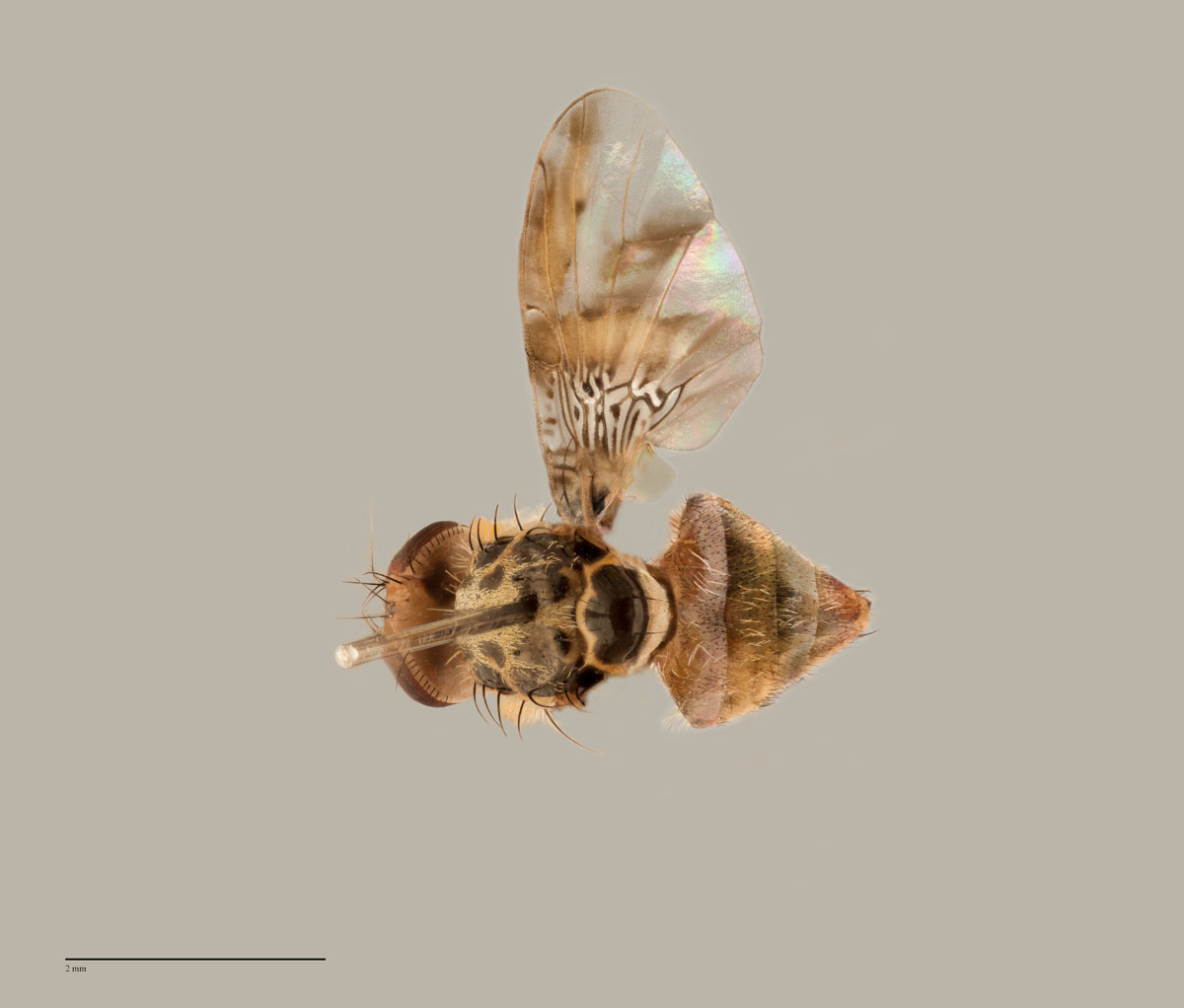 link
link Ceratitis capitata - Entire Body Dorsal with Wings Classic CAP001
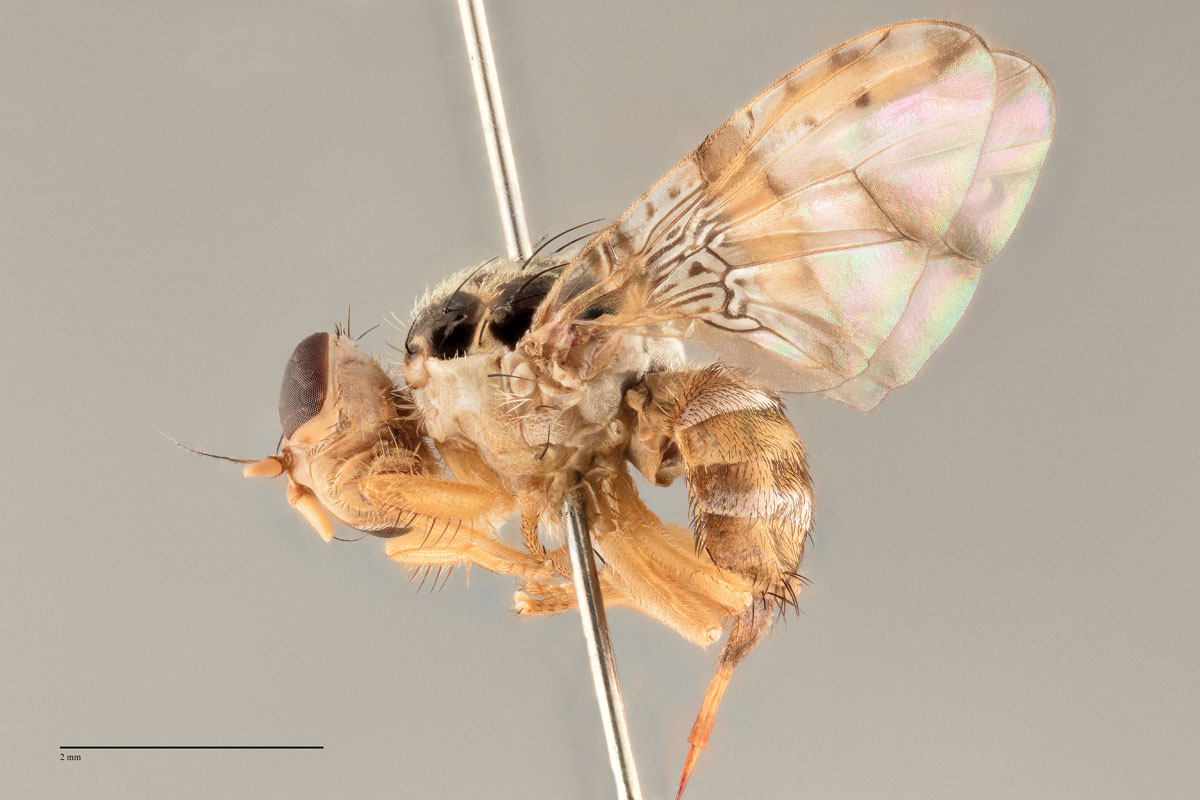 link
link Ceratitis capitata - Entire Body Lateral Classic CAP001
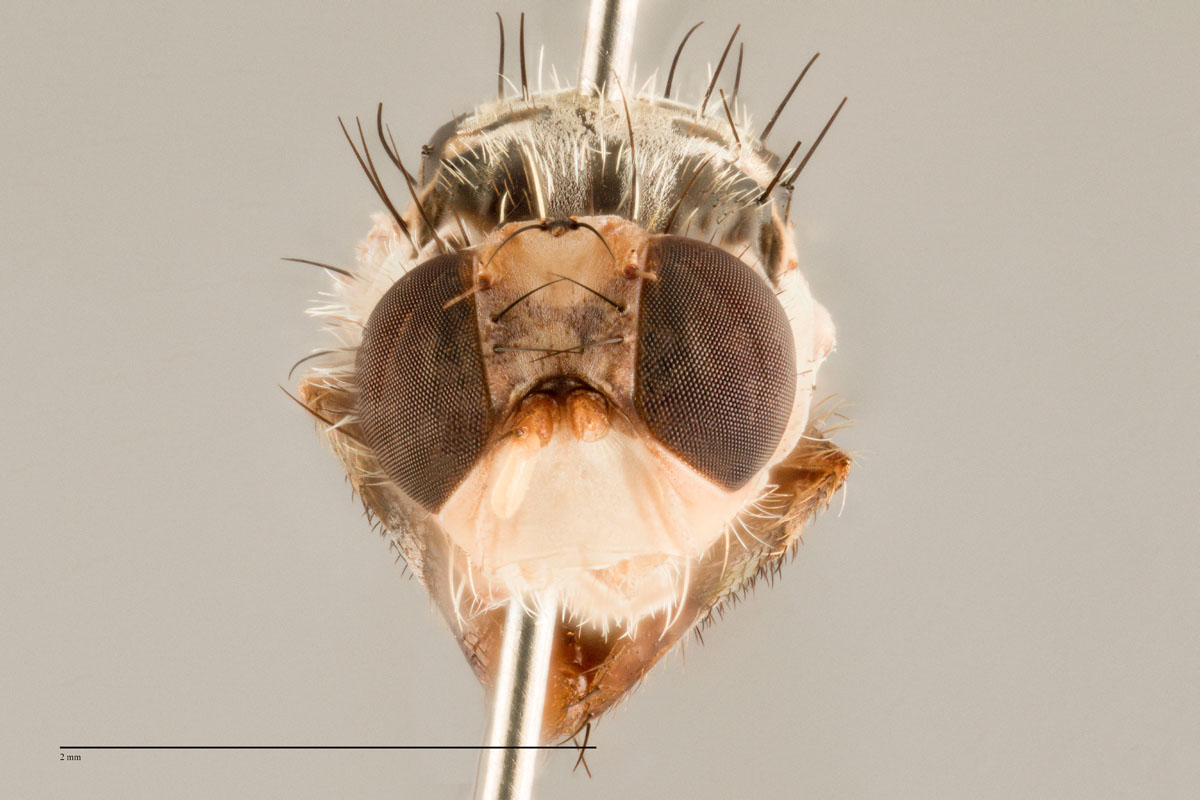 link
link Ceratitis capitata - Head Classic CAP001
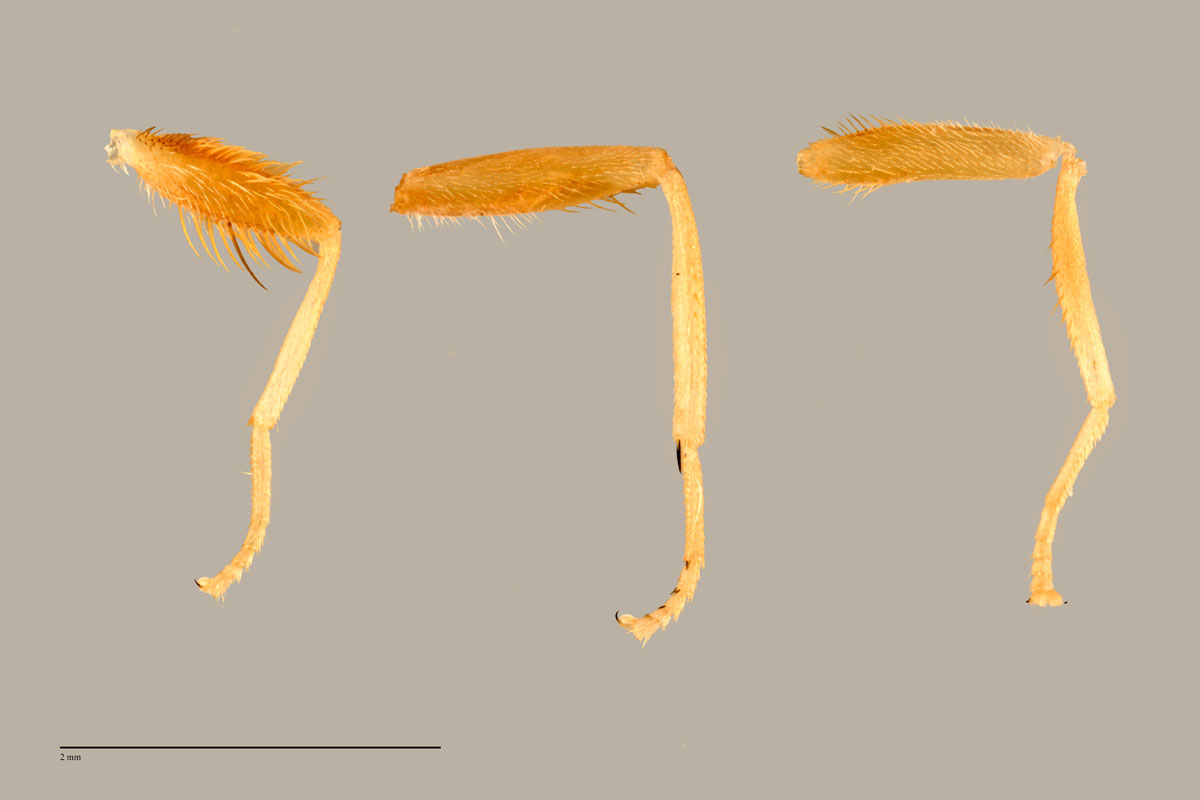 link
link Ceratitis capitata - Legs Classic CAP001
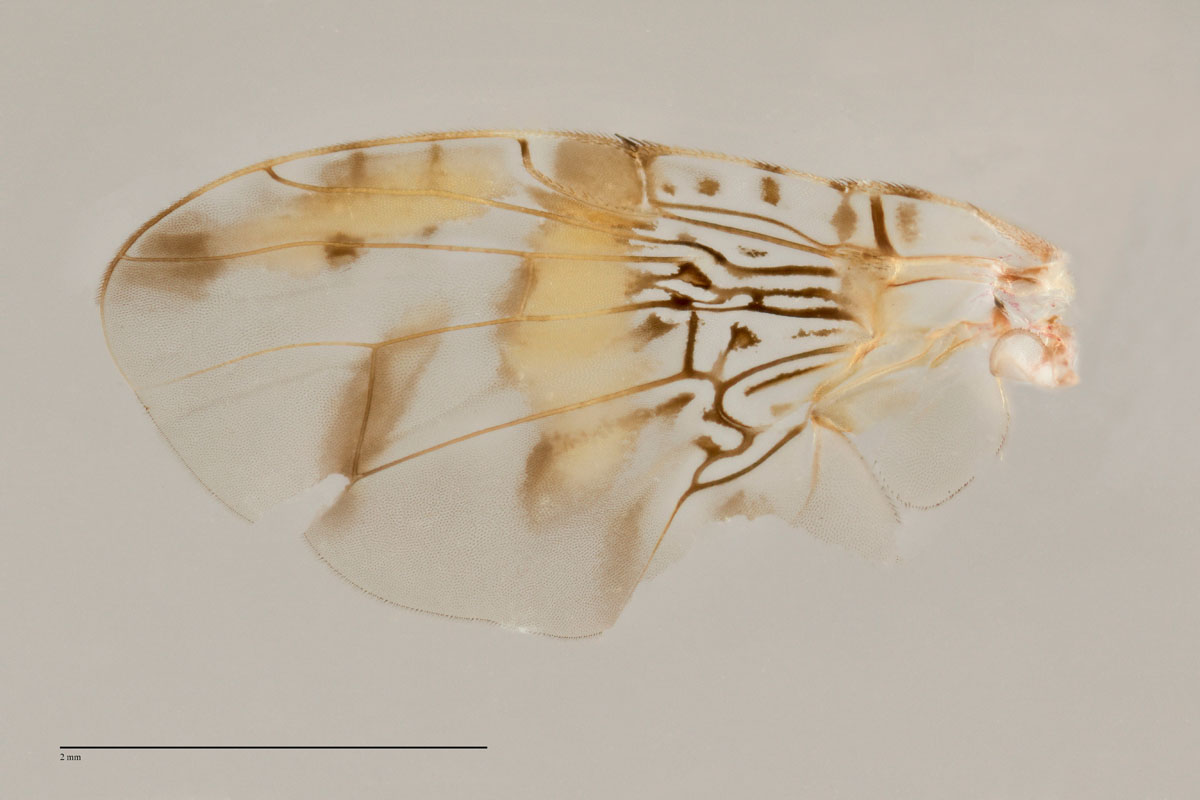 link
link Ceratitis capitata - Wing Classic CAP001
Host Range
Ceratitis capitata is a highly polyphagous species and its pattern of host relationships from region to region appears to relate largely to what fruits are available (CABI 2007). It has been recorded on hosts from a wide range of families. These include:
- Anacardiaceae
- Annonaceae
- Apocynaceae
- Arecaceae
- Cactaceae
- Caricaceae
- Clusiaceae
- Combretaceae
- Ebenaceae
- Juglandaceae
- Lauraceae
- Lythraceae
- Malpighiaceae
- Malvaceae
- Muntingiceae
- Myrtaceae
- Passifloraceae
- Rosaceae
- Rubiaceae
- Rutaceae
- Santalaceae
- Sapindaceae
- Sapotaceae
- Solanaceae
- Vitaceae
For a full list of recorded hosts see CABI 2007.
Major commercial hosts:
- Annona cherimola (cherimoya)
- Capsicum annuum (bell pepper)
- Citrus species (citrus)
- Coffea species (coffee)
- Ficus carica (fig)
- Malus domestica (apple)
- Prunus species (stone fruit)
- Prunus salicina (Japanese plum)
- Psidium guajava (guava)
- Theobroma cacao (cocoa)
Distribution
Native to Africa, has spread to the Mediterranean region, southern Europe and Middle East (Iran, Iraq, Israel, Jordan, Lebanon, Saudi Arabia, Turkey, Yemen), Central America (Costa Rica, El Salvador, Guatemala, Honduras, Nicaragua, Panama), South America (Argentina, Bolivia, Brazil, Chile, Colombia, Ecuador, Paraguay, Peru, Uruguay, Venezuela), Hawaii and parts of Western Australia (PaDIL 2007).
The past and present distribution of Ceratitis capitata in Australia has been reviewed (Dominiak and Daniels 2012).
Ceratitis capitata was introduced into Western Australia in 1898 and NSW, Victoria and Queensland around the same time. It was last recorded in the eastern states around the mid 1900s. It’s elimination may have been due to competition with Bactrocera tryoni combined with controls applied in affected orchards (Permkam and Hancock 1994).
Now only found in Western Australia, it has not been detected in any eastern state since the 1950s.
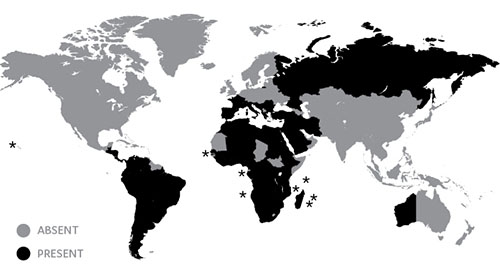
Similar species
The males of Ceratitis capitata are easily separated from all other members of the family by the black pointed expansion at the apex of the anterior pair of orbital setae. The females can be separated from most other species by the characteristic yellow wing pattern and the apical half of the scutellum being entirely black (White and Elson-Harris 1992).
Pest Status
- Established in parts of Western Australia
- Ceratitis capitata is an important pest in parts of Africa and has spread to almost every other continent to become one of the most important pest species in the family Tephritidae
- It is ecologically adapted to regions of Mediterranean climate and less of a problem in subtropical and tropical areas although it can still be damaging in elevated tropical regions.
Attractant/Lure
Trimedlure/capilure and terpinyl acetate. Also attracted to EGO lure which appears to be more powerful than trimedlure
